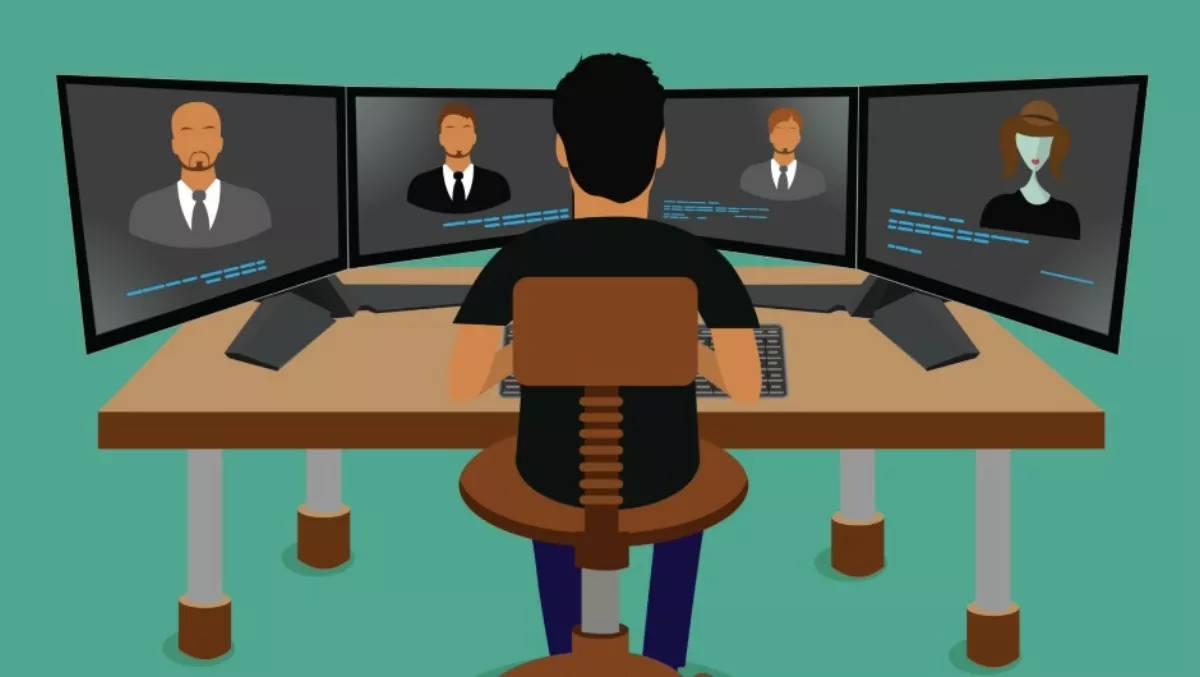
Video Calls: An Area of Untapped Productivity
According to a new study conducted at West Unified Communications Services, video calls demand a higher level of engagement in meetings, sales calls, and interviews, presenting an opportunity to improve employee confidence and communication skills.
Dennis Collins, Senior Director of Marketing at West Unified Communications Services, suggests that "camera shyness and public speaking are the leading causes of video conferencing nerves" for both men and women. Reluctance toward video calls may actually reveal deeper anxiety that stands in the way of productivity in the workplace--physical appearance and reception. This condition worsens for women in the workplace as they 'tend to worry more how they are perceived than men'.
Beyond just physical appearance, of those who are uneasy about video calls, 34% of men and 42% of women attribute it to their public speaking ability. Webcasts, which 'share similar engagement benefits with video conferencing', may alleviate some anxiety from the attendees, but seems to just transfer it to the host. In webcasts, 45% of male presenters and a staggering 75% of female presenters worried about public speaking. This "points to the need for both technical and soft-skills training". The study suggests that employees need sessions in public speaking, video etiquette training, and even learn how to properly use the services themselves--training which only about 23% actually receive. Such reveals a fundamental problem in office communication, both interdepartmentally and externally.
In addition to gender, different levels of video call anxiety also exist along generational lines--'61% percent of people between the age of 18-34 frequently use video calls, compared to 44% of 35-50 year olds, and 47% of 51-69 year olds'. Perhaps it's because younger Millennials grew up using this technology socially, these 18-34 year-olds are also least likely to report 'increased attentiveness' while using this technology--they are most comfortable using it casually. It certainly doesn't help that 70% of video call services used in the workplace are the same used in casual, social settings (skype, facetime, etc.).
Finally, the study suggests that video calls demand a higher level of attentiveness. Audio-only calls leave some room for multitasking, as engagement is limited to the verbal plane. Video calls, on the other hand, mean that you can't get up and grab a mug of coffee or check your email while engaging with your supervisor, client or co-workers. Not only that, but 77% of men and 92% of women make 'more of an effort to prepare themselves for a video conference than audio-only calls' (again, because of anxiety about physical appearance and communication efficacy). So the greater level of engagement, alongside the training required for video calls, will ultimately increase the productivity of your workplace.

